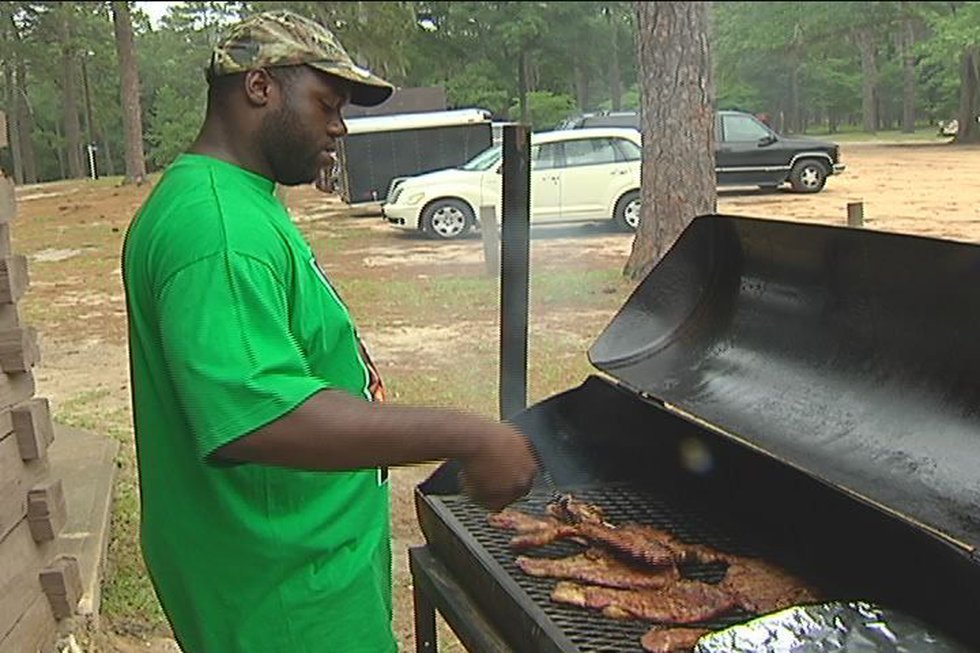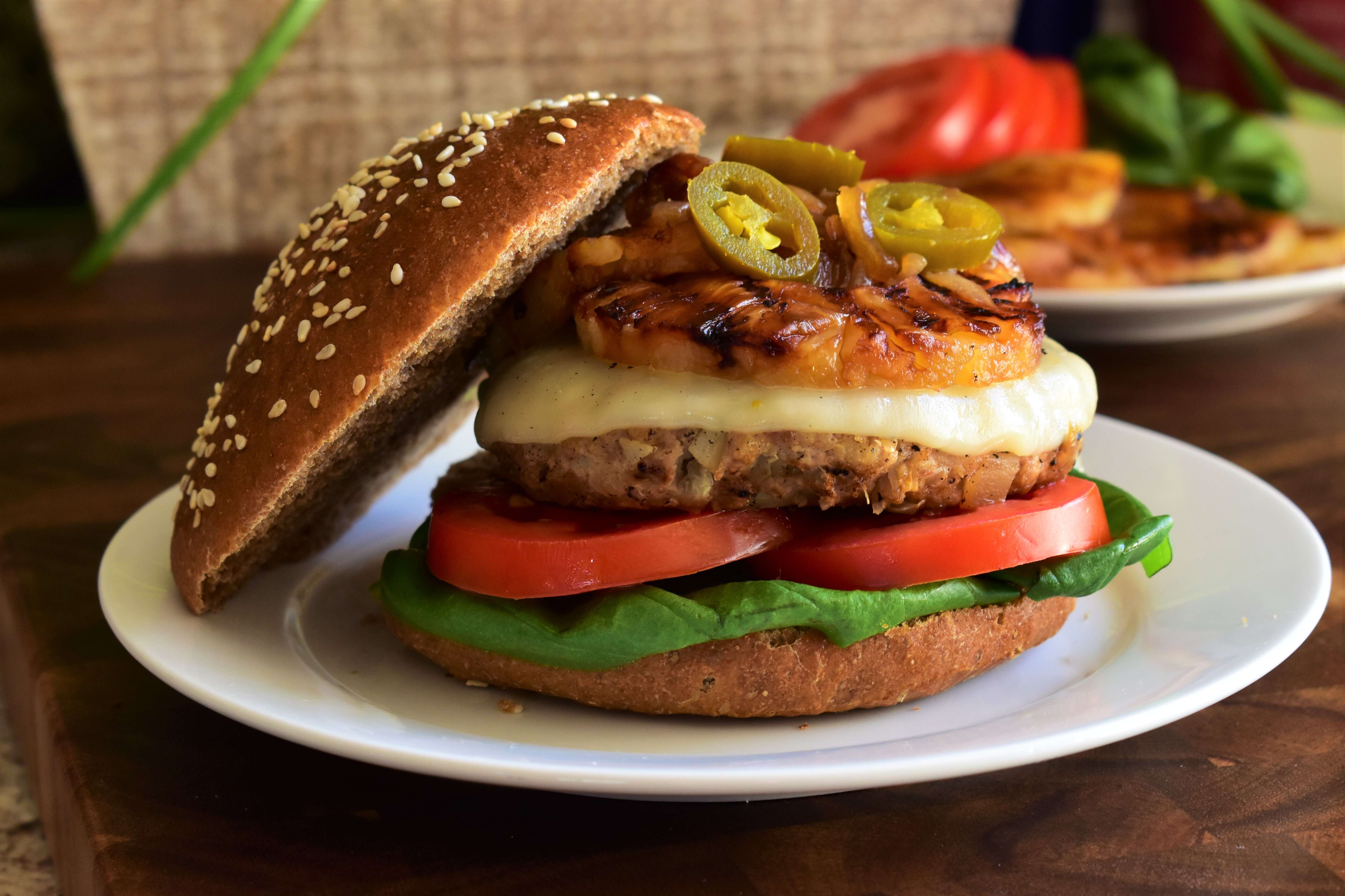
Because of its full fat and burnt ends, the brisket tip is the most sought-after part of the brisket. The thin portions of the brisket are trimmed away, leaving the fatty portion. The remaining hunk of biftka should be rectangular, and the fat portion should be on the bottom. Slice the remaining brisket thinly. Serve it on a bun with sauce.
The brisket will be cut into 2 parts. Place the fatter side of the brisket on the flat. The fat seam that connects the two sides is called the "nose of the Brisket". The point of the brisket should be cut downward into the fat seam to separate it from the flat. You can then separate the thin point meat from the flat. This step will yield a perfect, buttery-moist brisket.

The point of the brisket is distinct from the flat portion. The fat portion is called the point. When slicing the brisket, you should follow the seam between the flat and the point. It will be much easier to separate the flat from the point if the meat is cut on one side. You should also keep a thermometer nearby to monitor the cooking process. This will ensure the point is cooked before the flat part.
The point end of brisket should be cut in a different way than the flat. The point has an narrow vertical line which separates the two muscle groups. This will reduce the smoking time while improving the flavor. If you slice the brisket into smaller portions, it exposes more surface area and makes the smoky flavor stronger. The flat portion will not be tender and as moist as that of the point.
Cut off the point first when preparing a Brisket. It is not uncommon to find a point that's slightly bigger than the flat. It is not easy to remove the fat cap. To make a brisket point, you should start by cutting the fat cap between the flat and the point. Before seasoning the brisket you need to remove the fat. Once you've separated the flat and fatty portions, you can remove the remaining meat.

A brisket points should be kept moist and lean when cooking. A lean cut will be more tender and delicious than one that is fattier. You can use it in the same manner as a flat cut. Additionally, the brisket point will contain less fat than a flat cut. Once you have cut the point off, remove any fat from the brisket.
FAQ
How do I become a chef?
First, you need to earn a culinary arts diploma in order to get a job working as a chef. You should next join a professional organization such as the American Culinary Federation. This association offers certification exams as well as networking opportunities.
What equipment do I need to cook?
It doesn't take any special equipment or tools to learn to cook. However, the right tools can make it easier to cook. For example, you could use a knife instead of a fork to eat pasta or a whisk instead of a hand mixer to whip egg whites into stiff peaks. It makes cooking much easier and quicker.
What is the minimum requirement to become a chef?
No. No. Some even went to culinary school just to gain experience. Most chefs prefer to go to culinary school to expand their professional opportunities. Culinary schools give students hands-on experience, which allows them to develop valuable skills as well as improve their culinary knowledge.
Statistics
- On average, chefs earn $58,740 a year, according to the BLS. - learnhowtobecome.org
- In the United States, the category is estimated at $23.2 billion annually and is growing faster than the market. (washingtonpost.com)
- You'll be amazed that over 90% of CIA students receive scholarships and grants to finish their culinary studies. (ischoolconnect.com)
External Links
How To
How to make an omelet that is perfect
Omelets are one of my favorite foods to eat at breakfast. But how do you create them perfectly? I have tried many different recipes and methods, but none of them work. So I am sharing some tips and tricks today to help you make fluffy, delicious omelets every morning.
It is important to know that eggs can be temperamental when making omelets. Eggs must be purchased fresh, preferably organic, and kept chilled until ready for cooking. You must keep them cool enough to allow the whites to form properly and the yolks to become too runny if they're not kept at the right temperature. Your omelets will look strangely colored if this happens. If you want to make omelets right away, it's best not to use eggs that are too cold.
You might also try separating the egg before adding to the pan. Because this could cause your omelet to become curdled, you don't want any yolk to be mixed with any white.
You might burn the bottom of the egg if you place the egg directly on the stovetop. This could ruin the texture of your omelet. Instead, place the egg in the microwave for 10 second before you put it in the skillet. The microwave heat is sufficient to cook the egg without overcooking.
Next, let's discuss mixing the eggs. When mixing eggs, it is important to thoroughly beat them. Turn the bowl upside down and grab the whisk to do this. Then shake the bowl vigorously. This allows the air to be whipped and the egg to be mixed thoroughly.
The fun part is now - adding the milk to the mixture. The first step is to pour half of the milk in the beaten eggs. Next, fold the eggs into the remaining milk. Don't worry if there are still streaks of egg visible; these streaks will disappear once you flip the omelet.
After you have done folding the eggs, heat the pan on medium heat. The oil will start to smoke. Once the oil has gotten hot, add 1/4 cup of butter and swirl it around so that the entire pan is coated. Now carefully crack open the lid of the pan and sprinkle salt into the pan. A pinch of salt will prevent your omelet from sticking in the pan.
Cover the pan once you have formed the omelet. Wait for the top to set. Flip the omelet upside down or with a spatula. Cook the other side for another minute or two. Take the omelet out of the pan and immediately serve.
This recipe works best with whole milk, but skimmed milk also works.